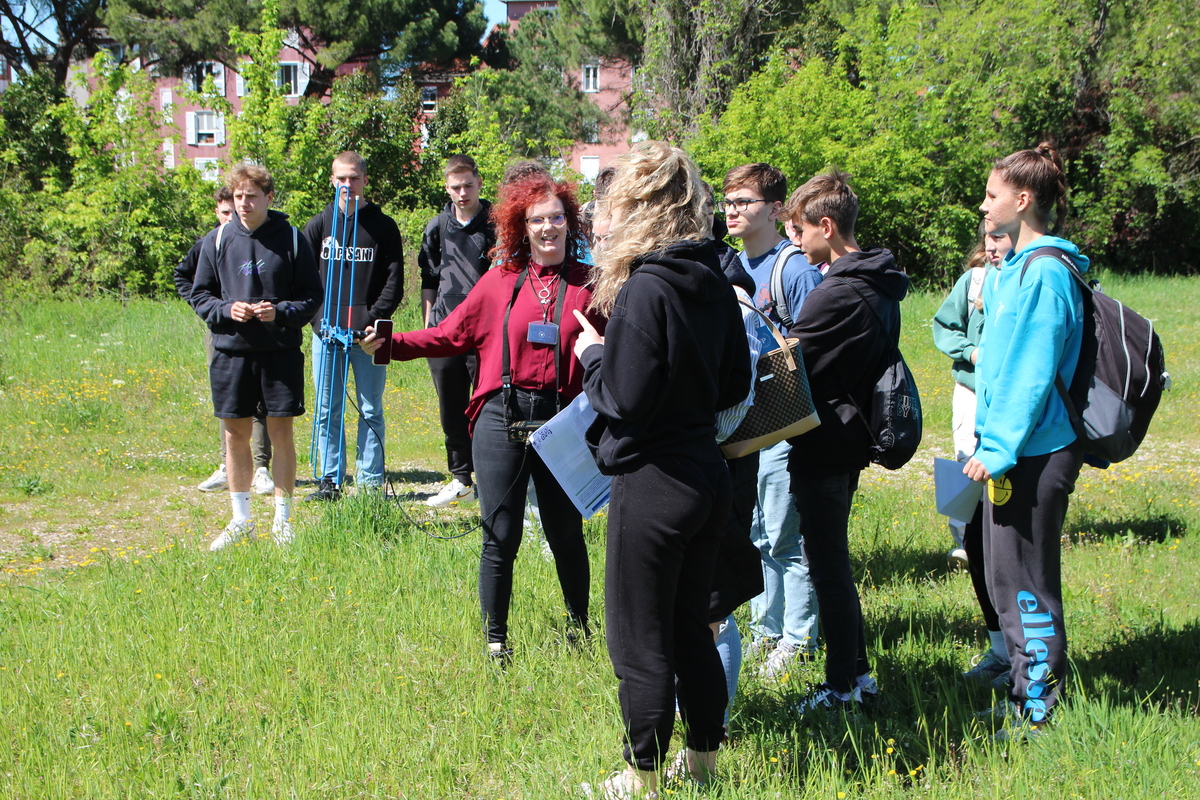Friday, 28 April 2023 Within the Natural Science Day UP FAMNIT and UP FHŠ hosted High School students from Gimnazija Šiška
On Wednesday, 26 April 2023, UP FAMNIT and UP FHŠ hosted students from Gymnasium Šiška for a Natural Science Day in sunny Koper and Izola.
Secondary school students were having fun, learned about various topics through lectures, experiments and workshops.
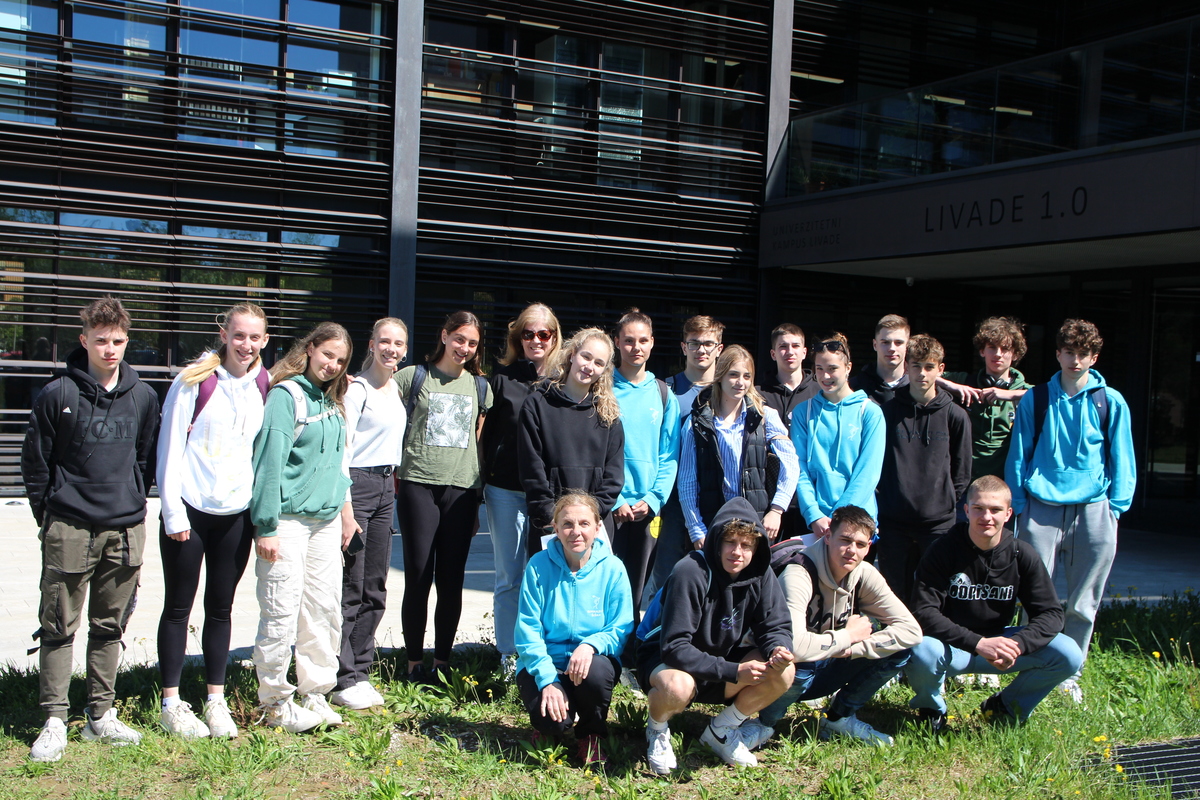
After the warm welcome at Tito's Square, it began with a workshop " Mapping buildings with smartphones in the old town of Koper," led by Miha Koderman, Valentina Brečko Grubar and Mojca Poklar, under the supervision of UP FHŠ. Through the workshop, students were directly put in the environment and introduced to the Geographical Information System.
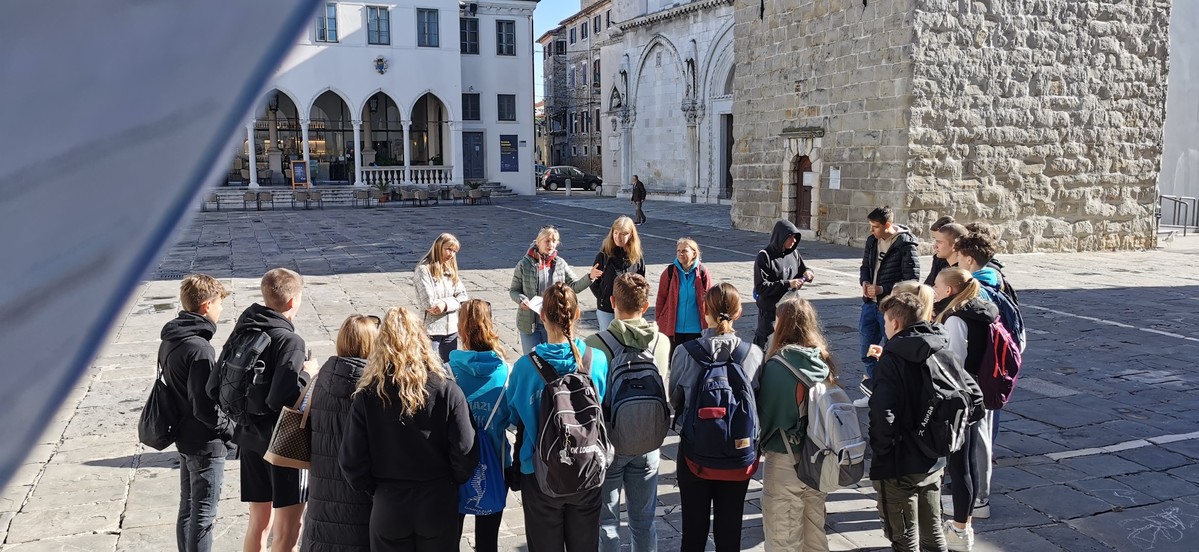
After a short break, the students and their professors went to building 1. 0. in Livade, where they continued with the following activities prepared by the Department of Biodiversity and the Department of Applied Natural Sciences of UP FAMNIT.
Firstly they divided into two groups and continued with the workshop "Recognising aromatics plants in a research way," held by dr. Alenka Baruca Arbeiter from the Department of Applied Natural Sciences, UP FAMNIT. The lecturer took students into a world of aromatic plants, where they got in-depth knowledge of it, and where they also extracted essential oil and hydrolates and other plant extracts.
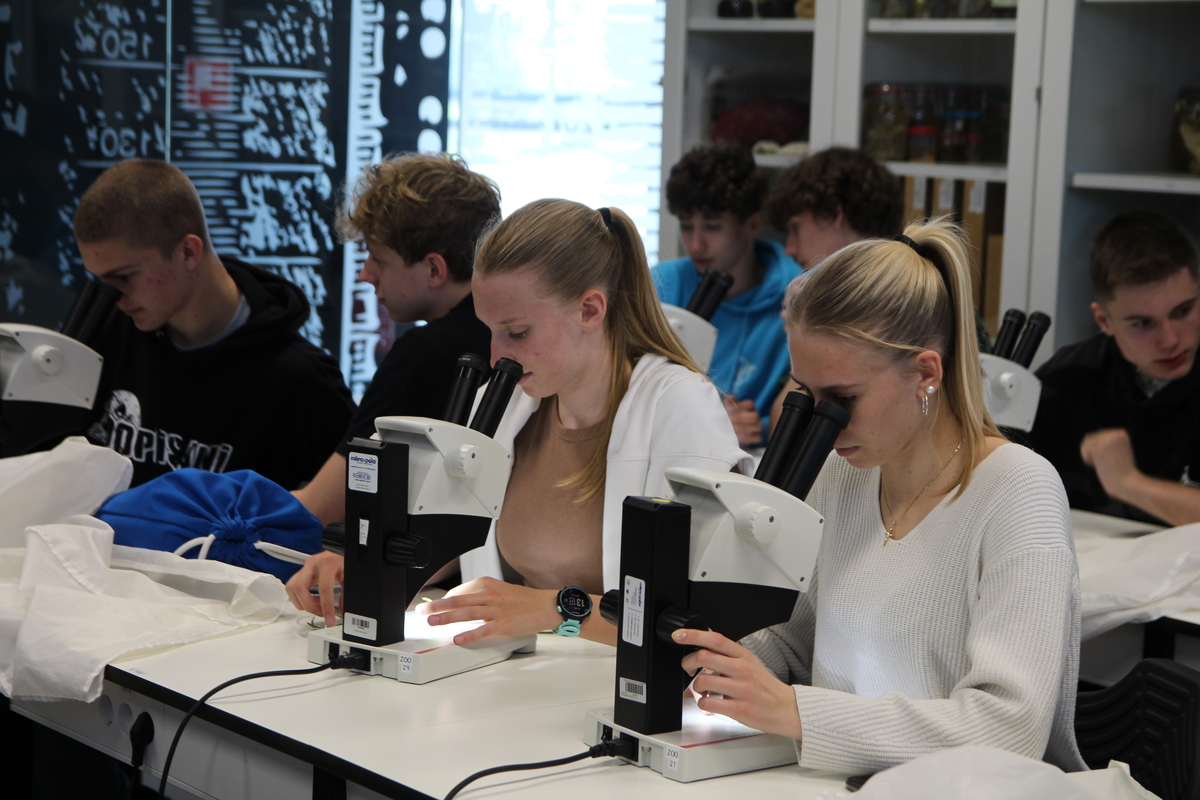
Within the workshop "BIOINFORMATICS - from DNA sequence to phenotype," conducted by dr. Matjaž Hladnik, the students obtained knowledge about the secrets of DNA, its mutations and their processes, and also got interactively presented through some practical examples.
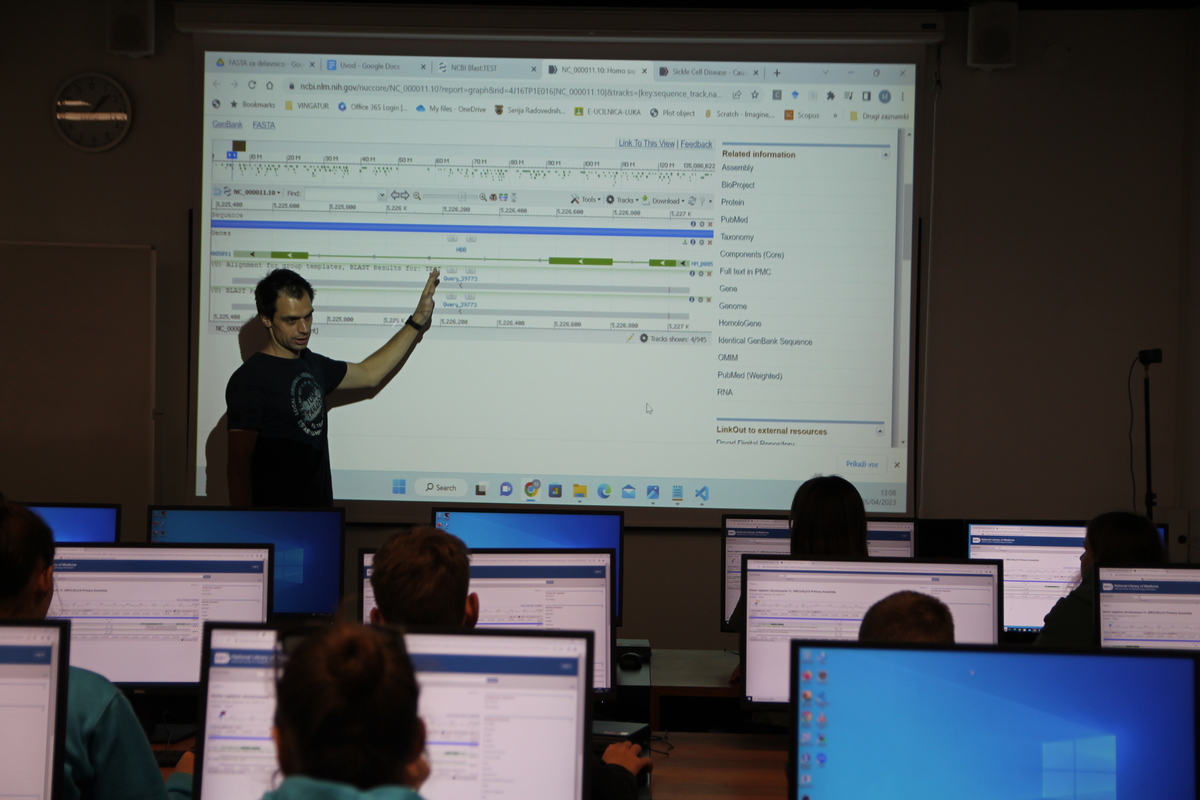
Their day ended with the workshop "The Role of Students as Amateur Scientists in Biodiversity Monitoring", led by Aja Bončina and Luka Duniš from the Department of Biodiversity at UP FAMNIT. Students were introduced to innovative approaches to biodiversity monitoring and to some of the contents of the handbook "Conserving landscape character in agricultural landscapes. For the conclusion, they went outdoors where they operated the Biotracker to search for a European roe deer fawn.
